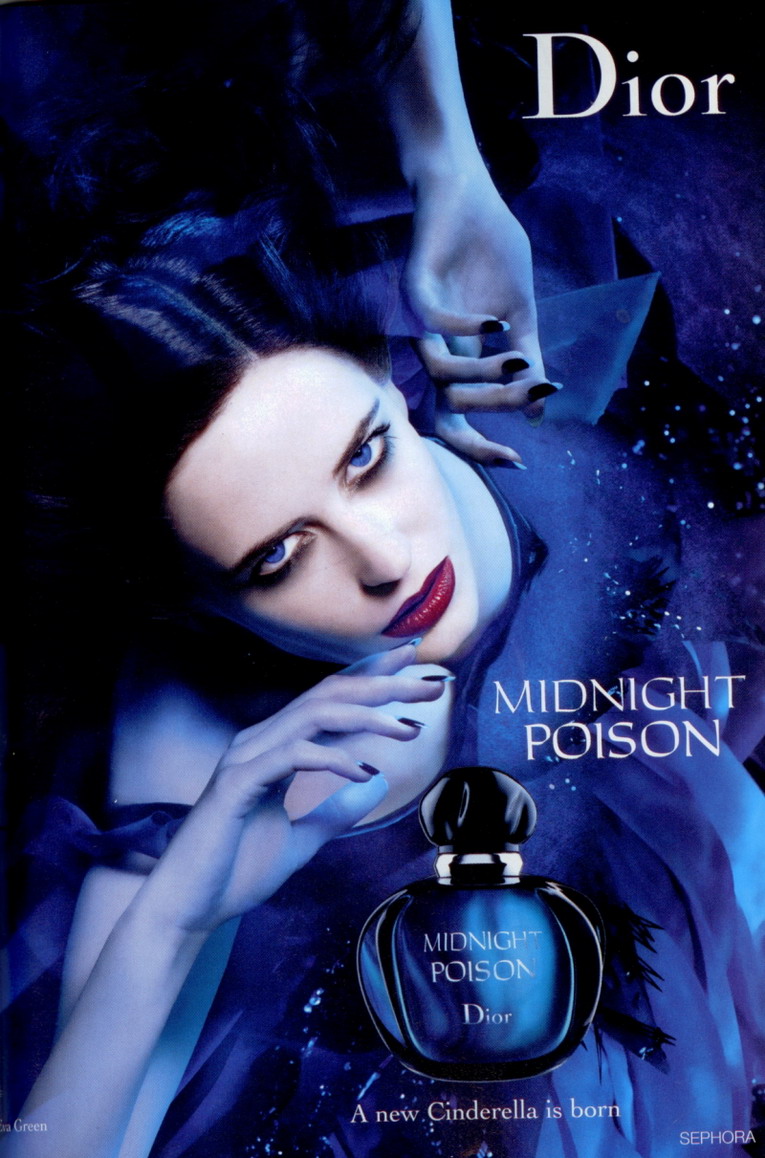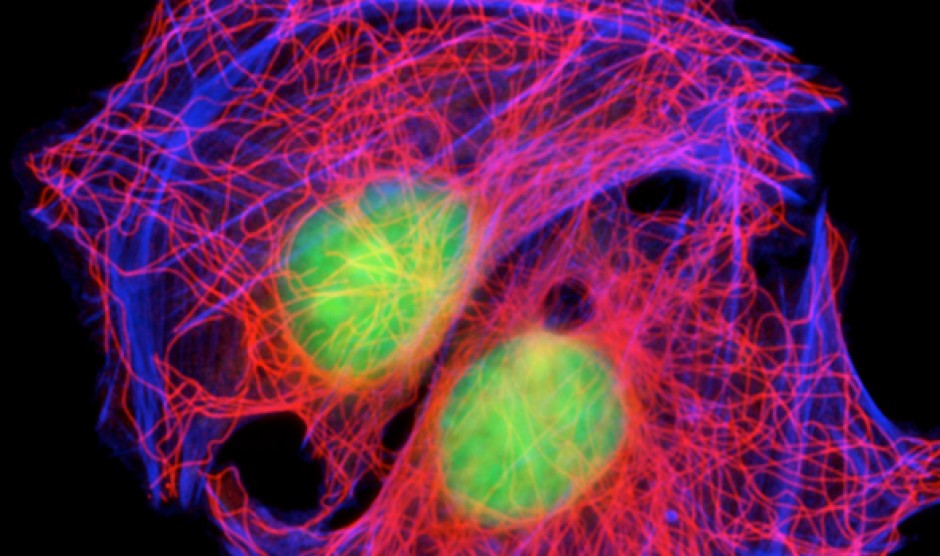The main goal of any advertisement is to sell a product. In this case, we are presented the perfume Midnight Poison by Dior, and tempted to purchase it.
Purpose: To sell the perfume Midnight Poison by Dior to customers, to rake in a profit, to increase the good reception for the company Dior and or the stores selling it (Sephora, Macy’s, etc.), to allow customers the joy of good scent and satisfy their desires.
Audience: Customers in the store, mainly woman, most likely aged between the teenage years up till middle aged woman. Most likely attracts wealthier customers, as Dior is a luxury French brand name. Can also attract men who are looking to purchase this as a gift for a significant other, relative, or friend. (Commonplace to say that men do not buy women’s perfume for themselves…!)
Context: An advertisement in a fashion and beauty magazine or in a department store’s weekly advertisements. It can also be advertised in the store itself. I found this advertisement online, but advertisements for perfumes are often found in such contexts.
Two Strengths:
- Good use of evidence to support a claim. She describes the website’s appearance well for the readers, describing the photograph of a young boy, the type of the headers and size of the font. Subtle details that add to the overall purpose of the website. The use of this detail strongly supports her claim.
- Describes how the data is supporting her claim, how the font and aesthetics of the webpage encourages an emotional commitment. The small snippets of story, she explains, causes a sense of urgency to the situation that makes humans emotionally committed to helping.
Two Weaknesses:
- The use of “imagine” provides an appropriate hook, but the ideas that the audience must imagine is exactly what the website is about, which seems a bit unoriginal, redundant, and mechanical.
- The first paragraph creates an odd scenario where the writer is talking about an organization that the reader does not know of yet, and she is presenting the hypothesis for the purpose of this website, when for the reader, this website is still hypothetical. Seems out of place to have the thesis before presenting the actual organization this whole essay is dedicated to.
- Her transitions between the paragraphs are missing. The essay does not flow well. No good concluding sentence at the end of her paragraphs that signify the end of a thought.
- Conclusion does not summarize any of her points, and states that she hopes that she has argued her thesis well. Instead of hoping, she could have showed us how she argued her thesis well.
By understanding what is strong and weak in a rhetorical analysis, we will always have the idea of what is good and bad when we are writing. Seeing an example such as the essay written gives us a better idea on how to approach the essay, including what to describe, what to explain, how to begin and end the essay, and how the data described directly shows or supports a certain claim that is being made. After reading the example essay, now I know that it is very important to really examine in detail all the subtle effects of the advertisement I’ve chosen to analyze. Being insightful is necessary. I have to go beyond the surface, just as the example essay did.

Considering the great deal of thought that goes into an advertisement, you really can go in depth here. This analysis will maybe even expose some aspects of advertisements that we need to be aware of to prevent us as consumer from being susceptible. I think you can really stab at some questions regarding this advertisement, including the colors chosen, the facial expression, the words chosen, and the tone this ad is trying to convey. As a consumer I am really attracted to the cinderella aspect of this (i.e. who doesn’t want to be a fairy-tale princess?), and I think that can be addressed in your essay. What makes the fairy-tale princess aspect of it appealing to its consumers? Who is this addresses more, the younger consumers or older?
The “Midnight Poison” advertisement really speaks to the “darker” side of the consumer. Any person who purchases this product would probably not want to wear this at the beach, but to inspire a persona of hidden confidence. I think that effectively analyze this poster you are going to have to hit on the whole “Once Upon a Time” and the whole “princess” culture, which I am an expert on if you ever have any questions. If a person buys this ad, what kind of person do they want to become? What will this perfume give them they don’t have? I think that the essay in the CDA book really helps with the analysis of a visual object.
I think this ad is really interesting, Sarah, inlight of the recent come back of fairy tales. In the past year, several movies and TV shows (I love Once Upon a Time!) have remade fairy tales and fairy tale characters for a modern audience. Is this ad fitting in to that trend? Doing something different? What other ways do those of you commenting on this post think this ad speaks to a contemporary audience?